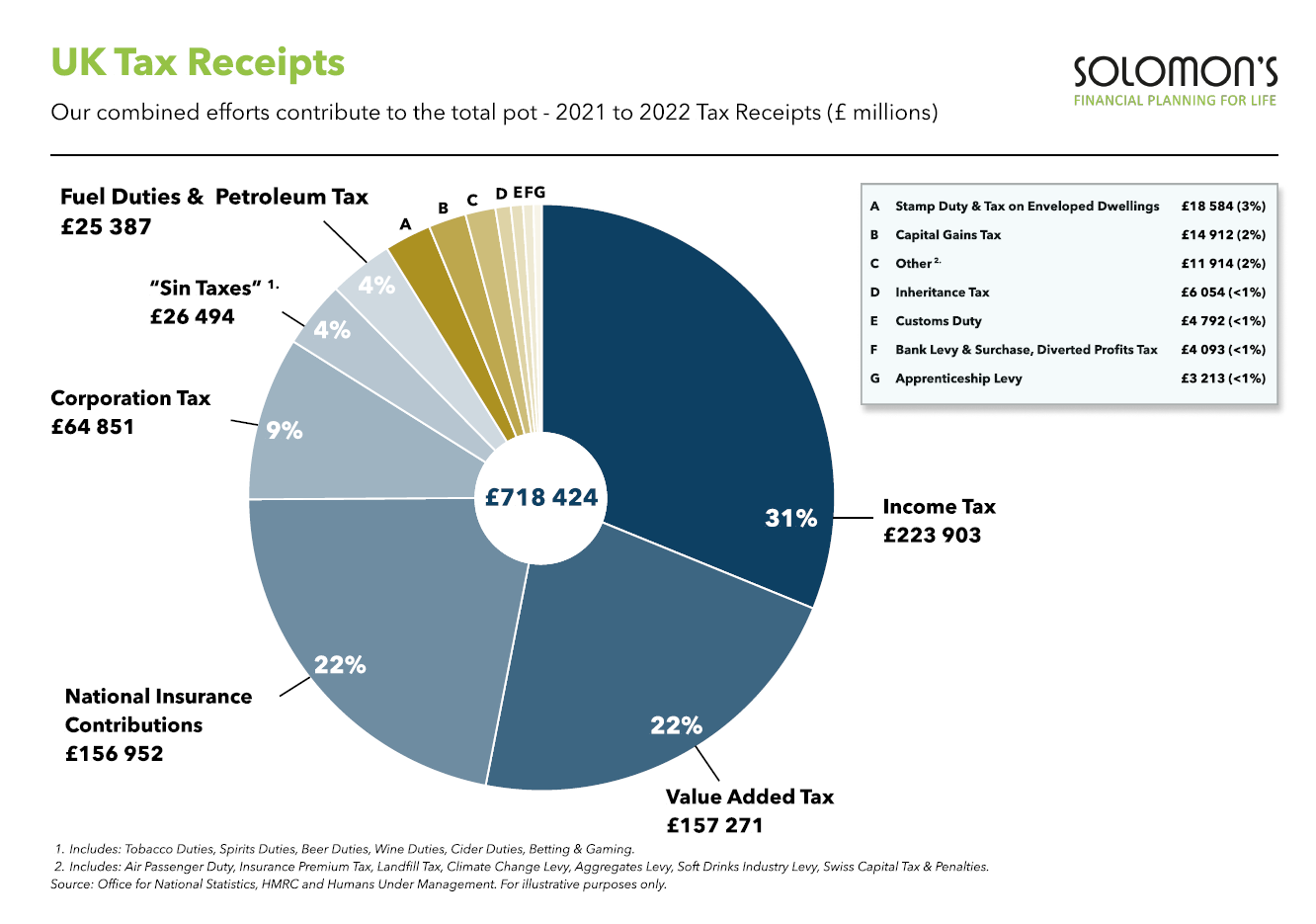Budget or canary? A Whimsical Reduction
Dominic Thomas
March 2024 • 5 min read
Budget or canary? A Whimsical Reduction
There was another Budget today, my inbox and the media interest will likely pass over the next 48 hours until a ‘howler’ is found in the sums. Unlike politicians, let me extend my neck … this was possibly the last Conservative budget for a while and an attempt to rescue votes that would otherwise slip away. It contained the traditional narrative of putting money back in your own pocket (having taken it) rather than asking you to reach a little deeper for more. Anyway the 98 pages of light reading provide a distraction …
Owners of commercial property will pay less capital gains tax, 4% less or a reduction of 14%, or 28% reducing to 24% for higher and additional rate taxpayers, depending on how you like your spin. Over the last decade we have all witnessed the decline of retailers and shopping centres, the pandemic added to their misery and extended it to the office sector which has gradually spun the dial on remote working whilst watching energy bills soar and staffing levels make the place feel like an episode from The Last of Us.
Employees and the self employed have had national insurance cut by 2%, the tax that doesn’t really build up for your pension, other than in a pay to play sense. This is not applied to employers who do the employing and of course pensioners at State Pension age or above do not pay national insurance but actually receive the State Pension.
Some sense is being finally applied to the Child Benefit system for ‘High Earning Families’ where previously only one person had to earn above £50,000 for the tapering of financial help to begin. This has been raised to £60,000 and will eventually be applied to household income rather than individuals (it was previously possible for a couple to earn £49,000 each and avoid any reductions). Sadly for most people the reality of juggling childcare and credits, whilst manipulating income is really a gigantic hassle merely to demonstrate that they qualify to not have to refund money that has already been spent.
Those working in the Public Sector are under constant scrutiny for their productivity by (forgive the Thomas the Tank Engine sounding terms) the National Statistician and Comptroller and Auditor General who assert that “tens of billions” can be saved through higher production and less fraud, better project management and better Government technology. How many tens is unclear, one might say there is a touch of Yes Minister as any tech project the Government designs and procures usually fails to work. The fraud checking might do well to exercise a little more vigor in relation to Pandemic VIP lanes and contracts.
There will be more nurses (well nursing and midwifery places) by 2031. So we should expect delays and pressure on our NHS for another seven years. Similarly, medical schools will be aiming to achieve 15,000 places in the same timeframe. Student digs around St George’s look set to thrive. Assuming entry to medical school is at 18 at the earliest, this is likely aimed at your bright 11-year-old who has not yet started secondary school. A hard sell to most 11-year-olds from generation alpha. There were about 778,803 live births in the UK in 2013, almost 2% of them are going to be doctors then, a fair chance they will be called Oliver or Amelia.
Now you see why we need the National Statistician who is also suggesting that doctors waste around 13million hours on poor IT. A BMA study found that only 4% of doctors believe that the IT they use is “completely adequate”. The Government of efficiency has been in power since 2010 … around the time of the iPhone 4, the pre-fibre days with speeds of up to 100Mbit/s. I imagine the plan to test AI to automate GP letters and discharge summaries will provide ample resource for comedians and there are assurances that it will not be called horayitzgon..
The need for yet another version of an ISA isn’t welcomed by me. It’s a little hallucinogenic, a nod to nostalgia, Blighty and Brexit whilst having its trace in the origins of the PEP (remember them – the Personal Equity Plan) which was originally restricted to UK shares. The new £5,000 UK ISA (in addition to your £20,000 ISA) must be held in UK equities. One for the purists, but also the mathematicians who will be able to encompass allocation to the UK of £5,000 within a portfolio, but making ‘models’ a challenge. Expect another acronym perhaps £UKISA?.
There will also be a British Bond (I’m not sure how that differs from any other one created by the UK Government) but anyhow a 3-year Bond will soon be making its way over the horizon, available from April at a Post Office near you, just don’t mention the subpostmasters.
Your petrol, beer and wine aren’t changing, though your consumption may. Actually, strictly speaking the tax rate isn’t changing, I suspect the price already has since this morning. The Chancellor believes that inflation will reduce, so expect interest rates to do the same.
The threshold for small businesses registering and collecting VAT for HMRC will increase from £85,000 of revenue to £90,000. One for the builders who have a different company name for every room of your house-build to navigate with a little more ease.
In the 98 pages I can find no change to the annual allowance for pensions or the main ISA, LISA, JISA. Let’s hope this is not an error, if it is we now know that Fujitsu can ‘remote in’ to make some changes. There is no change to the capital gains tax allowance which reduces to £3,000 on 06/04/24. There is no change to the personal allowance, income tax thresholds or tax rates … which is as expected, but of course means a reduction in tax allowances when measured against inflation or a tax increase depending on your flavour of politics. There is a change for inheritance tax, but only if you have married someone from outside the UK and it doesn’t apply until 2025.
There is a continued attempt to entice businesses to money launder – I mean list in London – with not a hint of tropical offshore waters with a scheme called PISCES (that’s Private Intermittent Securities and Capital Exchange System to you and I). Having also witnessed the decline in pension funds owning UK shares (some vote a while back about cheese and wine) by 6%, the Government continue to attempt to ‘buck the market’ (something no Thatcherite would ever do) by forcing pensions to hold an allocation in UK companies. Discussions with the FCA and Pensions Regulator are due to begin in the Spring (note the daffodils are already out). This is possibly to be combined with a ‘Value For Money’ pensions framework … something that all three bodies have, in theory, been overseeing already. Anyway … it would be remiss of me to fail to point out that it has been Government policy to reduce the Annual Allowance, introduce the tapered annual allowance, reduce the Lifetime Allowance, introduce the Money Purchase Annual Allowance and imposed HMRC calculations for all – aimed in fact to deliberately reduce the value of pensions since 2010 (at the time, the Lifetime Allowance was £1.8m, the annual allowance was capped at £255,000).
Above all, the Chancellor reaffirmed belief in owning property, particularly in Surrey, which is to become a fiefdom under the level 2 devolution agreement. This despite local councils being unable to balance their own books, or perhaps because of it?
Carry on.
References:
- HMRC Spring Budget
- BMA Report: Getting IT Right
- St George’s Medical School
- HMRC Pension Allowances
- PISCES
- ISAs, LISAs, JISAs
- The Post Office and Subpostmasters
- High Income Child Benefit Charge
- UK births in 2013
- Top baby names 2013
- Today’s Conveyancer – Russian owned property
- Gallagher report – Offices reduced need
- The UK National Statistician
- The Comptroller and Auditor General
- Tax Allowances and rates for 2024/25
- Devolution Level 2
- Surrey Councils Debt – BBC




